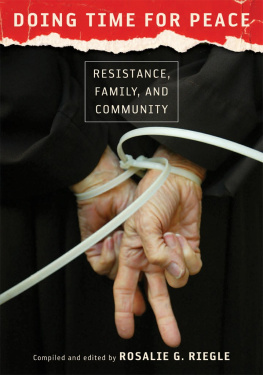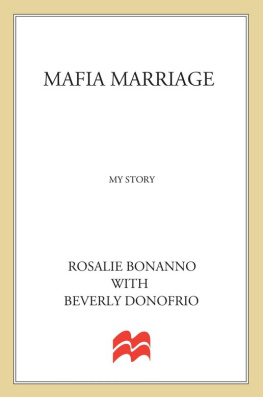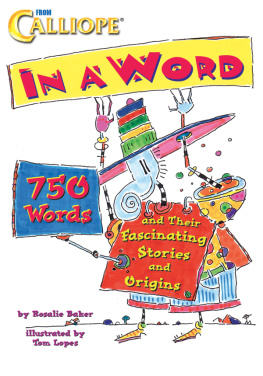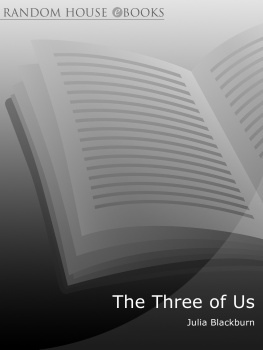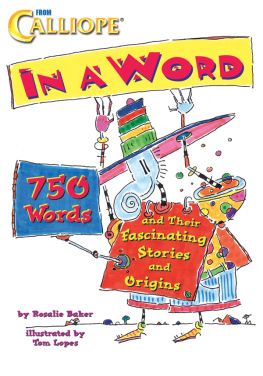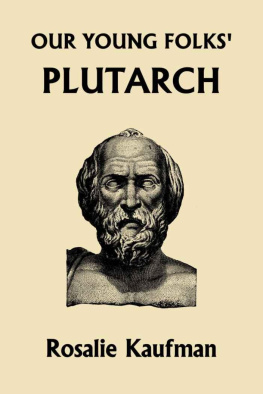2012 by Vanderbilt University Press
Nashville, Tennessee 37235
All rights reserved
First printing 2012
Manufactured in the United States of America
Segment by Joan Cavanagh, copyright Joan Cavanagh.
Words of Jim Douglass, copyright Jim Douglass.
Lyrics for Theres a Train, copyright Jim Strathdee.
Reprinted by permission of Desert Flower Music. Copy license 03262011 P1.
Library of Congress Cataloging-in-Publication Data on file
LC control number 2012029830
LC classification number JZ5584.U6R54 2013
Dewey class number 303.66--dc23
ISBN 978-0-8265-1871-2 (cloth)
ISBN 978-0-8265-1872-9 (paperback)
ISBN 978-0-8265-1873-6 (e-book)
PREFACE
Coming to the Project
Ever since the Vietnam War, when I walked in candlelight vigils and visited draft boards with Catholic Workers and Quakers and students and friends, Ive been a protester working for peace in the world, like many other people. One day I found myself crossing the line from protest to nonviolent resistance, from saying no to acting no, as Jim Wallis characterizes the direct action that disobeys the law and has consequences in jail or prison time. In 1984 Wallis wrote, To protest is to say that something is wrong; resistance means trying to stop it. To protest is to raise your voice; to resist is to stand up with your body.
I decided to stand up with my body and walk through an open gate onto a military base near Omaha, kneel down, say an Our Father, and refuse to leave when asked, in order to send a message, that STRATCOM, the Strategic Air Command, was endangering the world.
Then I thought, Whoa! What will my grandchildren think if their granny is in jail? Then, Can their granny take it? Can she give up her creature comforts, her computer, her glass of wine at 5:00?
Well, I didnt have to go to jail. After three court visits and a bench trial, I received only a fine and a scolding from a judge who said I was old enough to know better. But this brush with prisonI could have done time for six monthswas the genesis of this, my third oral history project. I wanted to know why people would take that risk, why they would make what many of us see as huge sacrifices, and what it was like for them when they did.
Civil disobedience that results in prison is not new: the most significant victories for justice issues in the last one hundred years have been achieved at least partially because nonviolent resisters have stood up with their bodies and spent time in jail for doing soMahatma Gandhi, Nelson Mandela, Martin Luther King Jr., and countless others, known and unknown. From India to Poland to Egypt to the United States, citizens have taken pacifist Barbara Demings advice and moved from words of dissent to acts of disobedience. From these nonviolent actions, the world has been changed. The peace people, as they sometimes call themselves, stand up with their bodies to change our foreign policy to one of peace instead of endless war and preparations for war.
Now, I must have always known that peace resisters were connected to someonewere mothers and fathers and grandparents and aunts and uncles and members of communities. But before I started to interview for this project, Id never thought of the implications of that connection, both for those who did the actions and went to prison and for those in the family and community left behind. Barb Kass of Luck, Wisconsin, explains: The person at home does the time. Absolutely. For instance, in a family, he or she makes up emotionally for the other parent being gone. And also, that person is always answering to the larger community who says, Why dont you just write letters? I volunteered a lot at school and people do look at you and try to figure out what resistance means. So if you have relationships with them, they cant write you off quite as quickly.
The people I interviewed call nonviolent direct action by several namescivil disobedience, divine obedience, and lately civil resistancebecause they feel it is their government that disobeys the law, especially international law, not they. Although they see the web of connections between war and oil and caring for the earth and for the poor of the world, they speak here about their peace resistance.
These narrators are mainstream in many ways (white, mostly college educated, and from the political Left) but they are people who have come to see resistance as normative for a moral person. While diverse in lifestyle, motivation, and experience, they are alike in another important aspect: their resistance decisions spring from a Christian or Jewish faith. Often, but not always, they evidence a profound commitment to that faith. In fact, one hears them called faith-based activists. Because their religious and moral choices run counter to the well-funded waving of flags and teabags, they provide a strong counterpart to the current conception of religion as the fundamentalism of the Right.
A few are known throughout the nonviolent peace movement, like Jesuit priest John Dear and Kathy Kelly of Voices for Creative Nonviolence, but many have been unheeded and unsung. They come from metropolitan areas and from family farms, from Seattle and San Francisco, from Baltimore and Boston, and from Duluth in the North to Norfolk in the South. Some strive to be macroscianthat is, to influence the future. Some show a surprising humility, taking their lives and actions for granted. Their jail and prison experiences range from the notorious Los Angeles County Jail to Alderson Federal Prison, the latter with buildings originally modeled after those of Bucknell University. Some have spent years in prison, some just a few days in jail. Some served easy time, some carry lasting scars.
Some speak of broken marriages caused by long separation, troubles in the communities left behind, the loneliness of children while their parents are imprisoned, the fears of rape, the failures of communication between prisoners, and the frequent exasperation at the prisons failure to address injustices. Some narrators now question the value of their resistance, some continue to make it a part of their lives. Many evidence a sardonic or wry introspection, and theres a surprising amount of humor, which I hope readers will see without the stage directions transcribers traditionally insert.
Today one hears little about the resisters arrests and trials in mainstream media. Unlike newspapers and television of the Vietnam era, which reported dramatic stories of draft file burnings and the resultant trials, contemporary media seem bored with nonviolent actions, so the voices have been muted. This book seeks to remove the mute and with it I hope to show readers that resistance is a normal and necessary response in todays perilous world.
After youve read the stories, I hope your understanding will have grown as mine has in the listening and in the writing. You will have heard that each persons experience is different and realized that sometimes these differences bump up against each other and beg for more analysis, more introspection, more searching for the right way. I hope they bump up against your own preconceptions, jostle them out of any comfortable positions, and invite pondering and questions. If the voices encourage analysis, and particularly if that analysis leads to action, the words will work.
 NASHVILLE, TENNESSEE
NASHVILLE, TENNESSEE
